Using your shop’s Cost of Doing Business (CODB) as a baseline for labor rates.

Recently, I’ve been seeing a lot of Polaris Slingshots on the road. OK, not a ton of them, but I do take notice of them when I see them. Usually it makes me think, “What is the deal with those things? Are they cars or not?” When I looked into it, I discovered there are more of these types of oddly defined vehicles than I expected, and they have some interesting stories. Here are seven such vehicles that sort of look like cars but (spoiler alert) are definitively not.
The Slingshot, introduced in 2014, is a three-wheeled motorcycle/autocycle from the Medina, Minnesota-based Polaris. The Slingshot has an open body, a tilting steering wheel, and side-by-side bucket seats. It’s classified as an autocycle in 44 states and as a motorcycle in the rest. Chances are, if you’ve seen something odd on the roads lately, it’s this. Although sales have fallen in recent years, initial sales “significantly exceeded” Polaris’ projections.
What’s an autocycle, you ask? The NHTSA in the U.S. regulates and classifies three-wheeled vehicles as motorcycles. A bill was introduced to Congress in 2015 that would create a new classification for “autocycles” to be applied to some three-wheeled vehicles, and would put them in a separate classification from motorcycles. In the interim, the classification for these vehicles varies by state-to-state, along with license and registration requirements.
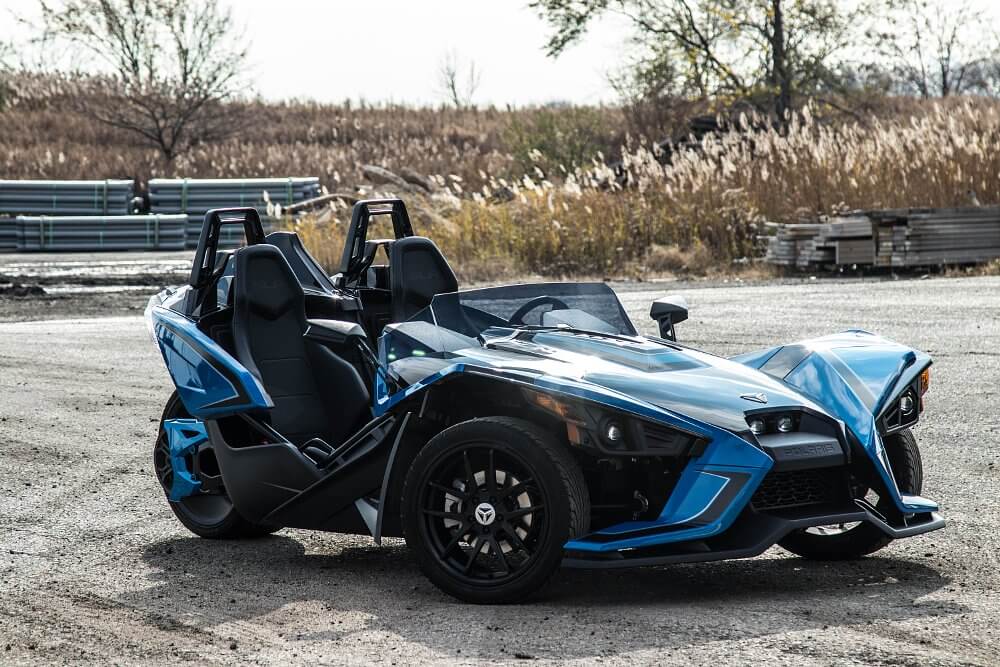
Polaris Slingshot. Photo by Lemmy.
Vanderhall Motor Works is a Utah-based manufacturer of handmade three-wheeled autocycles. Their first model was the Laguna, a two-seat, three-wheeled vehicle released in 2016 that is federally classified as a motorcycle. In addition to the Laguna, Vanderall has released five other models for both on-road and off-road uses: the Venice, Edison 2, Speedster, Carmel, and Brawley.
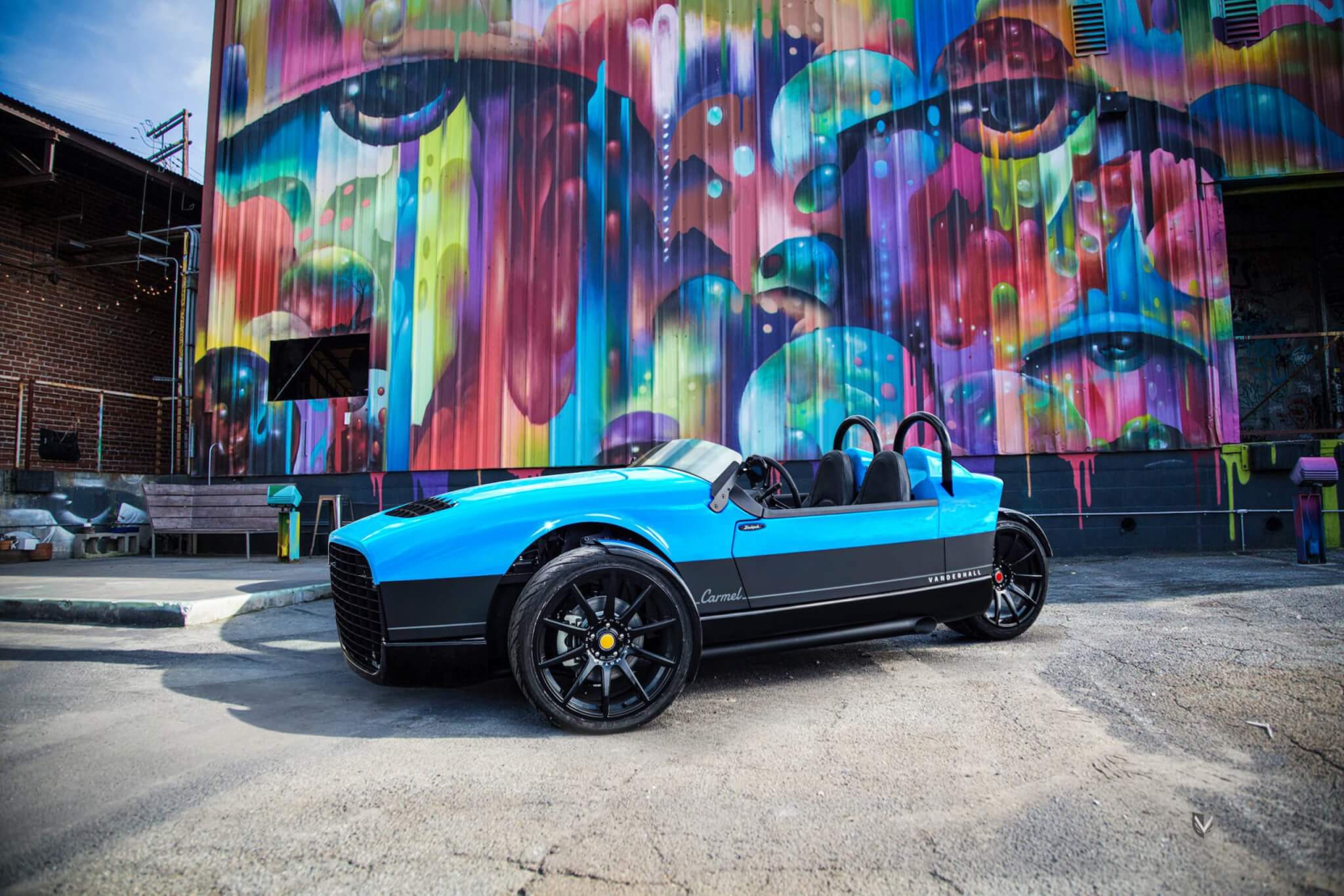
Vanderhall Carmel Blackjack. Photo by Vanderhall Motor Works.
The Can-Am Spyder Roadster is a three-wheeled motorcycle that was introduced in 2007 and built by Canadian manufacturer Bombardier Recreational Products (or BRP). In most US states the Spyder is classified as a motorcycle, and in California, Delaware, Nevada, and South Carolina only a regular driver’s license is required.
The Rupp Centaur was a three-wheeled motorcycle that was only manufactured from 1974 to 1975. It was made by Rupp Industries, a Mansfield, Ohio manufacturer of snowmobiles and other various off-road vehicles. In the ‘70s, Rupp fell on hard times due to a weakening of the snowmobile market. With the oil crisis of the ‘70s, Rupp had what seemed like a good idea: create a vehicle that combined the gas economy of a small car with the fun of a motorcycle, using a 2T snowmobile motor. Unfortunately, it didn’t work out: Rupp only manufactured 1,200 Centaurs and they went out of business in 1978.
The Smart Fortwo is another “car that isn’t a car” that you’re likely to have actually seen on the road, at least around 2010 or so. The Smartfortwo is a rear-engine, rear-wheel-drive, two-passenger hatchback ultramini that was released by Daimler-Benz (now Mercedes-Benz Group) in 1998. The length of the Fortwo was designed to be the width of a regular parking space, meaning that two Fortwos could park in one parking space. Unfortunately, this manner of parking is not allowed in a lot of places worldwide, including California. Regardless, Smart introduced the Fortwo in the U.S. in 2008, but stopped selling it in the U.S. after 2019. However, it is still being sold in many other places throughout the world.
If you can remember the car that Steve Urkel drove in the ‘80s sitcom “Family Matters,” then you can picture the Isetta. The BMW Isetta (originally the Iso Isetta) was a three-wheeled microcar sold from 1953 to 1961 in several different countries, including Italy, Spain, Belgium, France, Germany, and the U.K. It was somewhat egg-shaped with bubble-like windows and a front end that hinged outward to get in and out. It was also sold in a four-wheel version, the BMW Isetta 600, and was even sold with van and pick-up body styles. In the U.K., they were popular because they could avoid auto rules and taxation since they were classed as three-wheeled motorcycles. In fact, the Isetta was so popular that it was the best-selling single-cylinder car of all time, with over 160,000 units sold. It was also rather unsafe and had a penchant for rolling over. More recently, Switzerland’s Micro Mobility Systems updated the design of the Isetta for their fully electric Microlino cars.
Speaking of defunct three-wheeled cars, the Reliant Robin was a rather popular three-wheeler, having been manufactured for nearly 30 years, from 1973 to 2002. It was manufactured by the now-defunct British car manufacturer Reliant Motors. It had a fiberglass body and even came in hatchback and van body styles. As with the BMW Isetta, the Robin was registered and taxed in the U.K. at motorcycle rates, instead of car rates. Unfortunately, when Reliant Motors went out of business in 2002, the Robin vanished.
The Morgan Super 3 is a three-wheeled sports car manufactured by Morgan Motor Company, a British auto manufacturer that has been making three-wheeled cars since it was founded in 1910. The Super 3 is their latest model, which was just released this year. Morgan is unique in that they’ve used wood in the construction of their vehicles since the beginning and still use it today for framing the body shell.
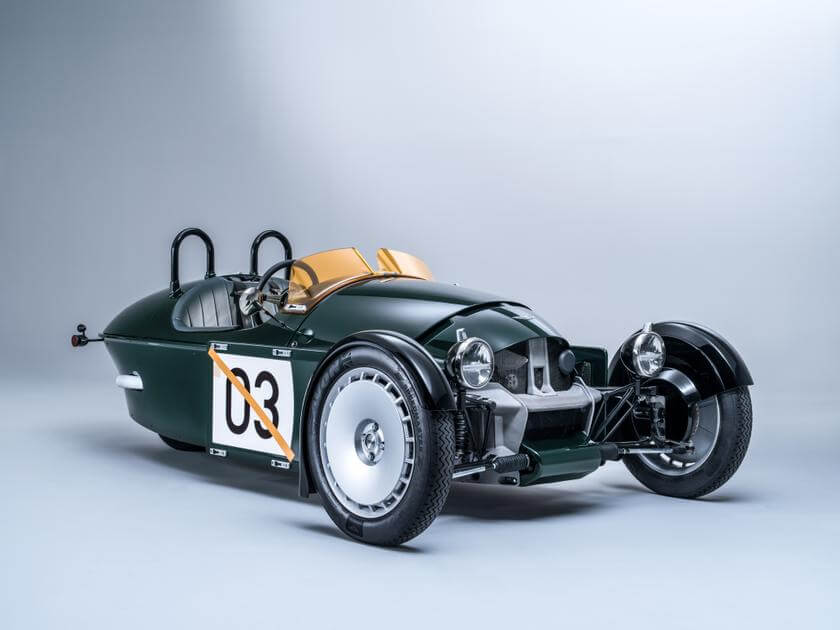
Morgan Super 3. Photo by Morgan Motor Company.
There’s a cottage industry getting OHVs and golf carts legal and plated. For example, one manufacturer of all-terrain vehicles is Argo, an Ontario, Canada manufacturer founded in 1962. Argo makes 4-wheel ATVs, as well as 6×6 and 8×8 amphibious UTVs. The Argo Aurora is an 8-wheel amphibious UTV. Another example is the Mahindra Roxor, a 4×4 off-road UTV that initially looked so much like a 1960s Jeep CJ or 1940s Willys CJ, that Mahindra had to change the design due to a lawsuit from Jeep.
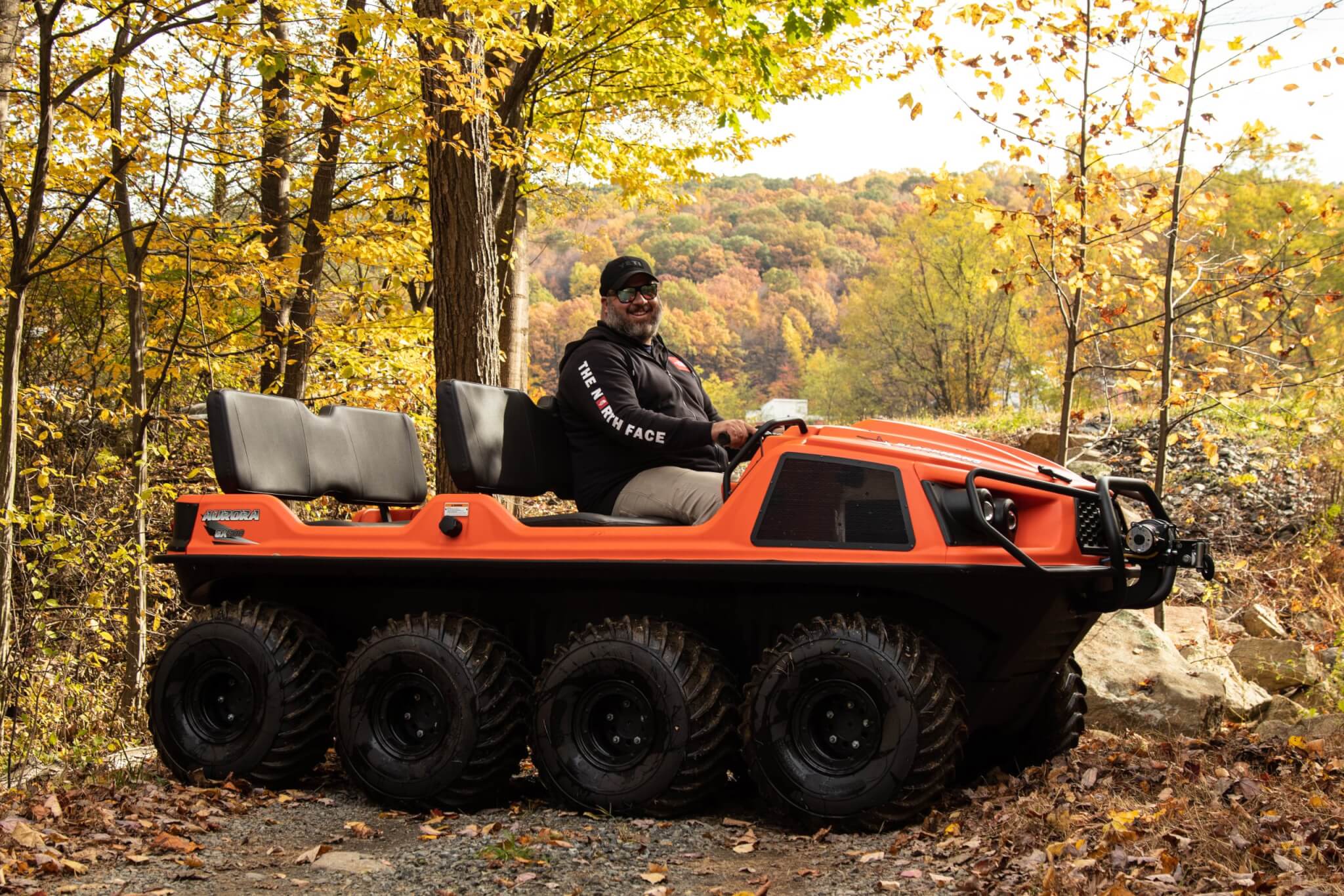
Argo Aurora. Photo by Lemmy.
So, would you ever see an Argo Aurora or a Mahindra Roxor on the street? Well, maybe. According to this post it is possible to make your UTV street-legal, and this post claims “a street Legal Roxor Will Save Time, Money, And Your Marriage,” although making these vehicles street-legal varies widely by the state. It also requires a number of additional parts, including turn signals, a tail light and reverse lights, a horn, a windshield, a license plate light and bracket, mirrors, and seatbelts. Not to mention having to get a title, license plate, and insurance for it. Honestly, I can’t see it being worth the effort and cost, but apparently there are some people out there who do it!
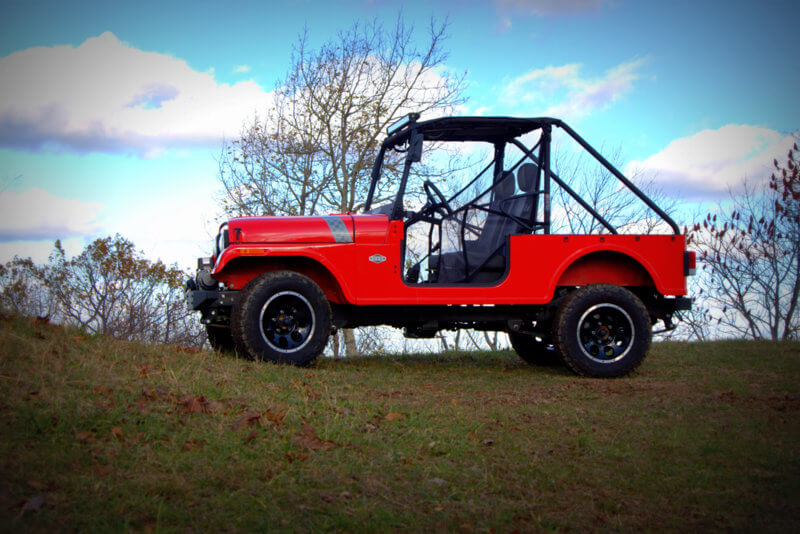
Mahindra Roxor. Photo by Lemmy.
This is only the tip of the iceberg of “cars that aren’t cars,” though. Which notable ones did we miss? Which one is your favorite? Tell us in the comments!
The articles and other content contained on this site may contain links to third party websites. By clicking them, you consent to Dorman’s Website Use Agreement.
Participation in this forum is subject to Dorman’s Website Terms & Conditions. Please read our Comment Policy before commenting.